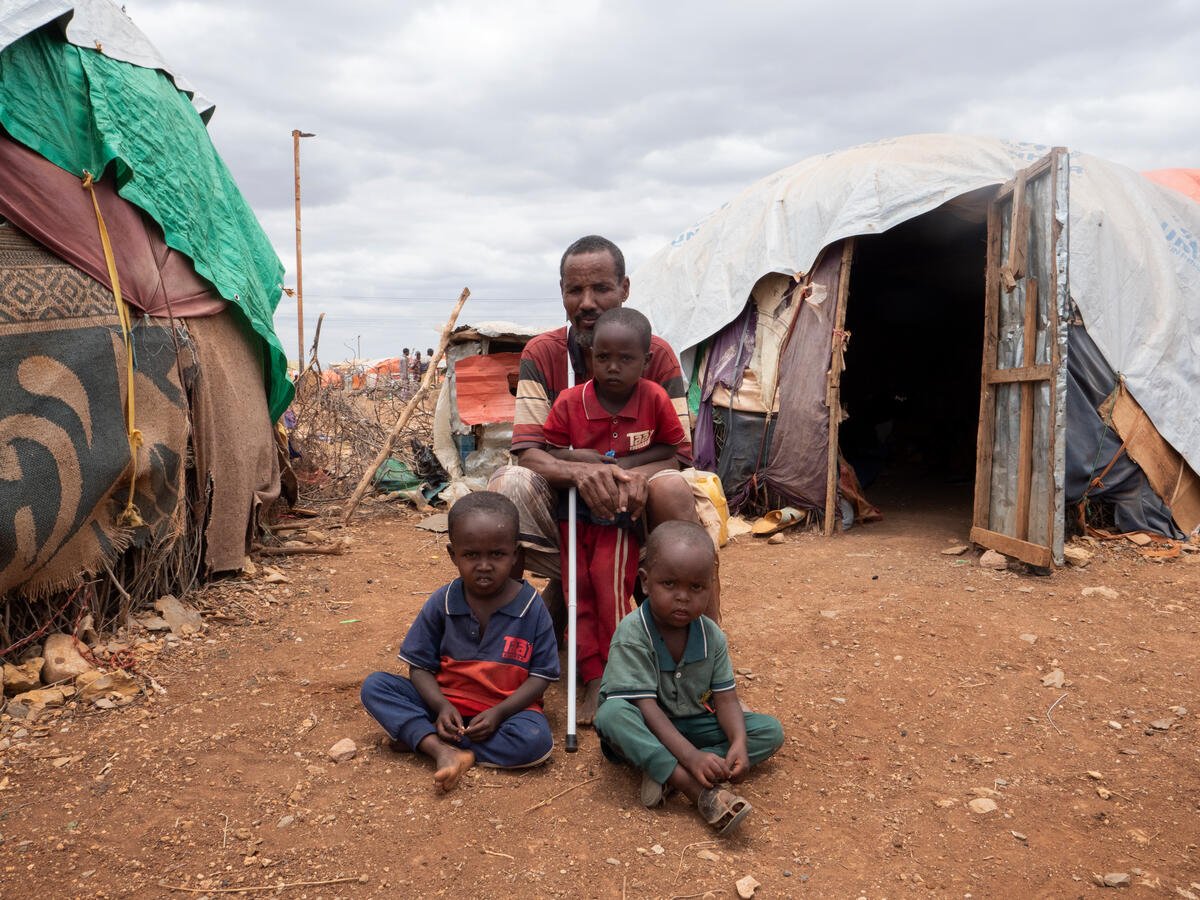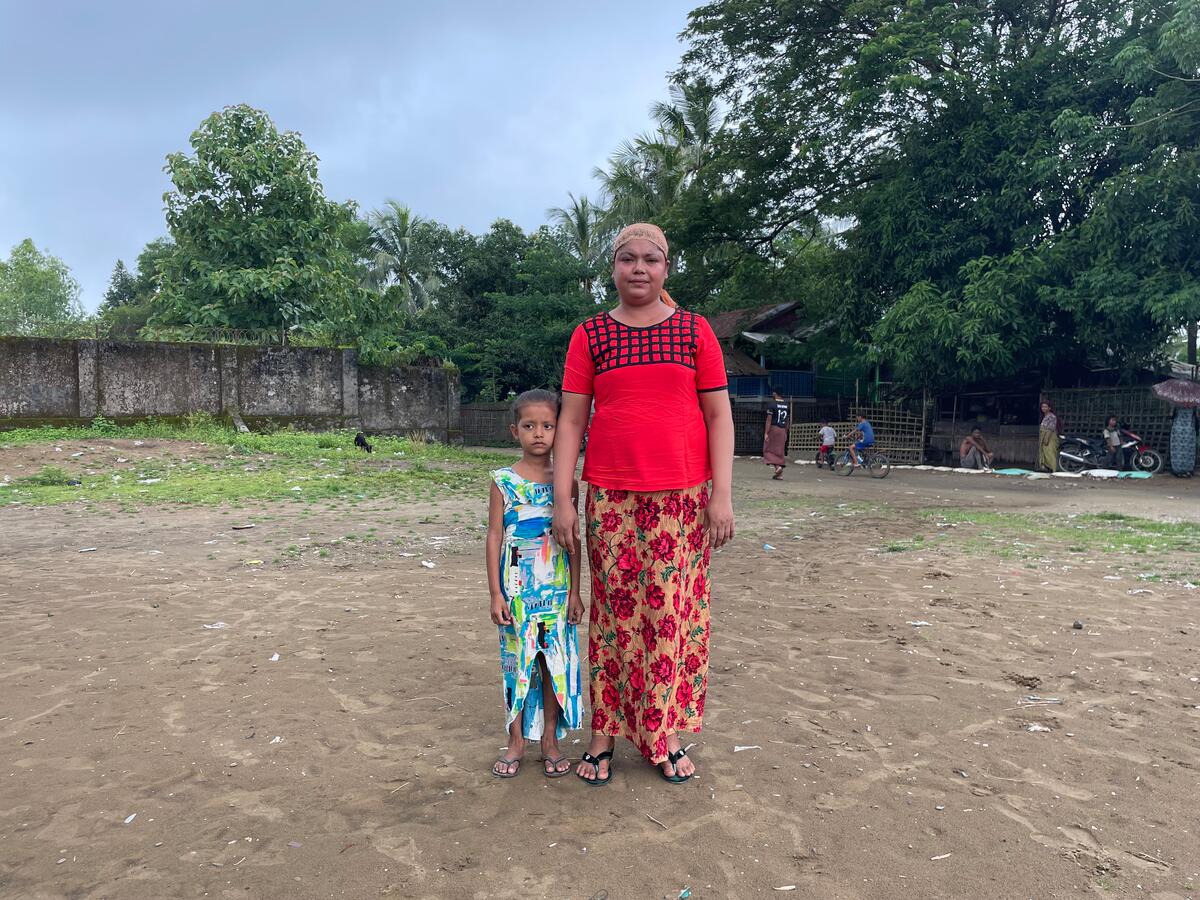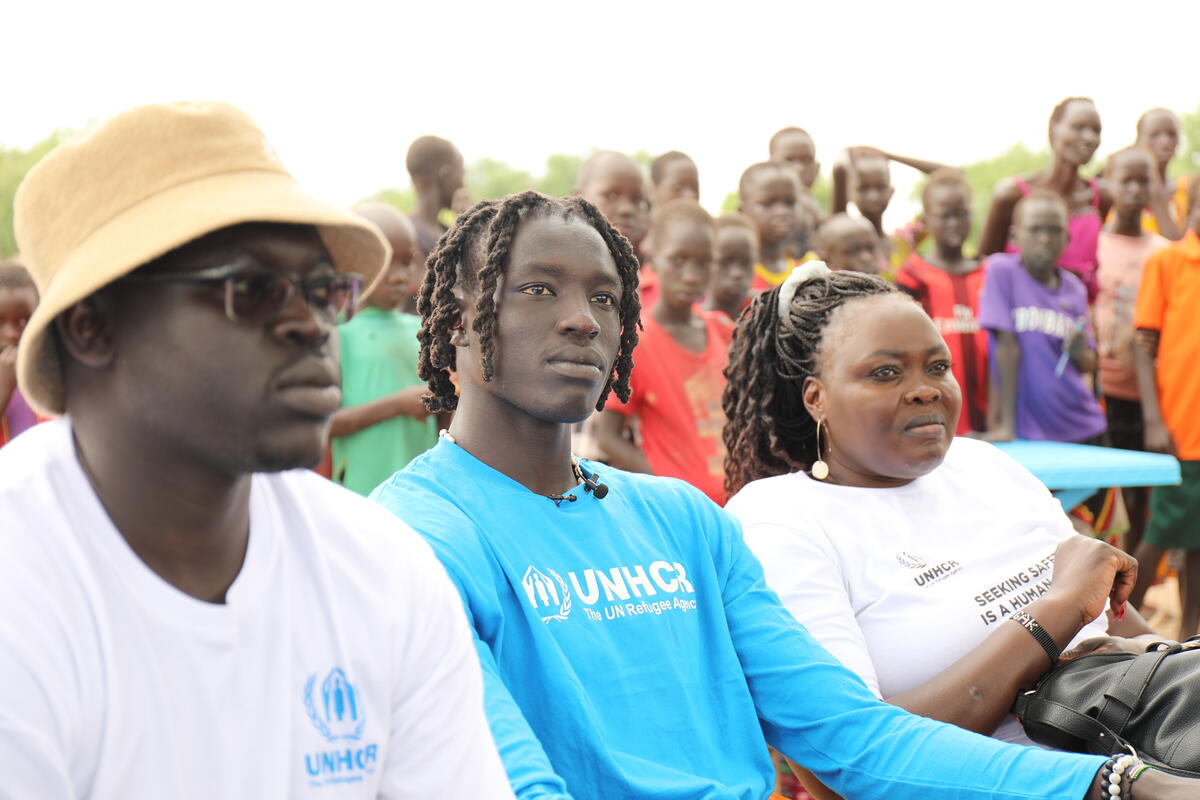Horn of Africa: Ogata thanks Sudan
Horn of Africa: Ogata thanks Sudan
Sudan:
High Commissioner Sadako Ogata flies today from Khartoum, Sudan, to Nairobi on the second stop of a six-nation tour of Africa. During her three-day visit in Sudan, Mrs. Ogata met with the vice president and other senior officials and on Monday visited camps for Eritrean refugees in the eastern state of Kassala. Today (Tuesday), she visited centres for internally displaced Sudanese in Khartoum before her departure.
At a news conference today, Mrs. Ogata expressed gratitude to Sudan in fulfilling its commitments under the refugee Convention. She said she was impressed with the assistance programme for newly arrived refugees from Eritrea and that she hoped the delivery of aid can be improved. She said a number of refugees told her they want to go back to Eritrea as soon as possible and she hoped this could be negotiated immediately on the other side. Responding to a question, she said she would discuss with the governments of Kenya and Uganda the status of Sudanese refugees there. But she said the return of these refugees will depend on the situation in their areas of origin in Sudan and agreement between Sudan and the host countries. There are 80,000 Sudanese refugees in Kenya and more than 100,000 in Uganda. Mrs. Ogata also said that unless the estimated 12,000 Ethiopian refugees who came to Sudan before the fall of the Mengistu regime in 1991 applied before the end of August to go back to Ethiopia, they will no longer be entitled to international protection.
In other developments, an estimated 2,000 Eritrean refugees arrived on Monday at Gergef camp in Sudan. They said they came from the Guluj area in south-west Eritrea, where fighting was reported. Most of the arrivals were women and children. They appeared to be in good health, although most came on foot or on their donkeys and camels. UNHCR has so far transported around 4,000 Eritrean refugees from the border encampment at Gergef to Shagarab, about 70 km further into Sudan, since last week. We are also increasing the number of trucks we are using in the transfer - from 20 to 30.
On Sunday and Monday, about 1,600 fresh refugees arrived in Gulsa (1,000 on Monday and 600 on Sunday). In a separate movement, around 300 Eritrean soldiers arrived in Sudan at the Gergef crossing on Sunday. The group included seven soldiers wounded by shrapnel. UNHCR has now registered more than 75,000 Eritrean refugees but the actual figure can be smaller since some people have since gone back to Eritrea.
Eritrea:
UNHCR Asmara on Monday received its second planeload of supplies airlifted from stockpiles in Copenhagen consisting of blankets, water pumps and jerry cans. UNHCR will significantly increase the pace of the airlift into Eritrea later this week, with three sorties from Tirana, Albania, by a IL-76 aircraft carrying heavy vehicles like urgently needed water tankers and tipper trucks. UNHCR is also awaiting blankets from suppliers in Nairobi that will also be airlifted into Eritrea. UNHCR has already spent nearly $300,000 purchasing soap, sanitary napkins and kitchen sets from Eritrean producers to help with the urgent hygienic needs facing the internally displaced.
UNHCR has deployed an emergency team to Eritrea's western lowlands. Yesterday, the team was in the Debat site for internally displaced, 22 km north of Keren. The UNHCR emergency team is looking at shelter needs and the water and sanitation situation at Debat. The Eritrean government estimates that 50,000 internally displaced from the Barentu/Tesseney region are camping on the hillsides and the dry riverbeds around Debat.
In a good sign, a few of Eritrea's internally displaced are going home. Some 5,000 IDPs at the Debarwa camp, about 30 km south of Asmara, reportedly left over the weekend for the Areza area. There are still nearly 50,000 displaced at the Debarwa camp, which mainly shelters people who have fled the central Senafe front, about 100 km south of Asmara.
The situation in Eritrea's war-affected regions still remains extremely unstable, with all three front lines reported active and many people still in flight. While small numbers of people have returned to towns like Agordet, Barentu and Tesseney in the western lowlands, they represent only a fraction of the original population. There are continued reports of heavy fighting at the Guluj front, south of Tesseney, so it is still far too early to speak of security in Eritrea's western lowlands region where UNHCR will be concentrating its activities.
There is also heavy fighting reported on the eastern front near Asab, as close as 30 km from the Harsile refugee camp, which housed some 2,500 Somali refugees. Currently some 1,050 refugees from Harsile have arrived in Djibouti - many of them travelling the 50 km to the border on foot. Some refugees are believed to still be in Harsile. The eastern Asab front is where both Eritrea and Ethiopia engaged in fierce fighting over the weekend. UNHCR is very worried about the situation facing the remaining refugees at the Harsile site, and is trying to get more information about conditions there.
UNHCR's efforts inside Eritrea will be directed towards an estimated 550,000 displaced persons from the Gash-Barka region the government estimates have had to flee their homes over the past weeks. UNHCR is targeting aid to the IDP camps sheltering these displaced persons and also to their communities of origin in the Gash Barka region.








